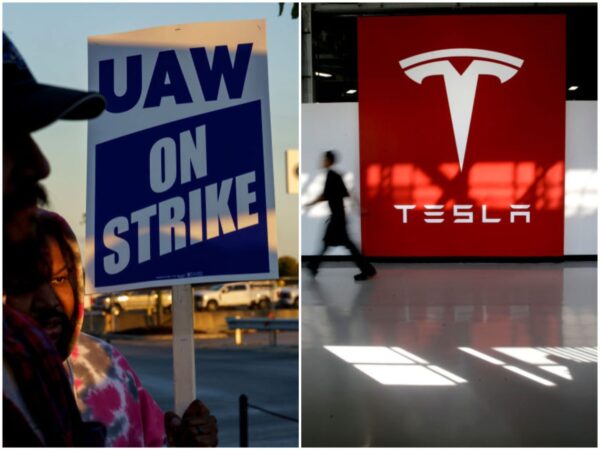- New data indicates the impact of baby formula shortages is even wider than initially thought.
- Roughly six out of seven shoppers surveyed said they had trouble finding baby formula last month.
- Prior stats showed 40% of unique products were out of stock, but didn't account for popularity.
The baby-formula shortage is well documented by now, but new data illustrates the impact is even more widespread than it might have appeared.
Roughly six out of seven (84%) of baby-formula shoppers reported experiencing difficulties finding the product in the past month, according to a survey of 576 recent buyers by the retail analytics firm Numerator.
More than half of respondents said they visited multiple locations of their preferred store, visited competing stores, and turned to family, friends, and coworkers for help to find supplies.
Those figures contrast sharply with widely reported earlier numbers showing that 40% or more of baby formula products were out of stock at the beginning of May.
That figure, from the retail data firm Datasembly, tracked the percentage of individual UPC codes that were not available on shelves in the overall baby formula category.
Given the different brands, products, and sizes (each with a different UPC code), tracking which codes are experiencing shortages may not fully capture the full impact of a particularly popular product being out of stock.
In other words, if the handful of the most popular products aren't available, a small out-of-stock percentage can have a dramatic impact on the lives of parents trying to feed their children.
That's likely what is happening here.
Apart from the fact that just four companies produce nearly 90% of all baby formula in the US, one of those brands, Similac, accounted for nearly half of all formula sales.
When Similac production was suspended and products were recalled, its share of the market plunged to 28%, replaced by its leading competitor, Enfamil.
Having a big chunk of the largest supply disappear had a ripple effect of sending shoppers toward less popular or more specialized products, causing surprise shortages there too.
The worst of the shortages appear to be in the rearview now, with the US government flying in supplies from Europe and Australia, but this supply failure will continue to be the investigated by lawmakers, regulators, and industry leaders for months to come.











